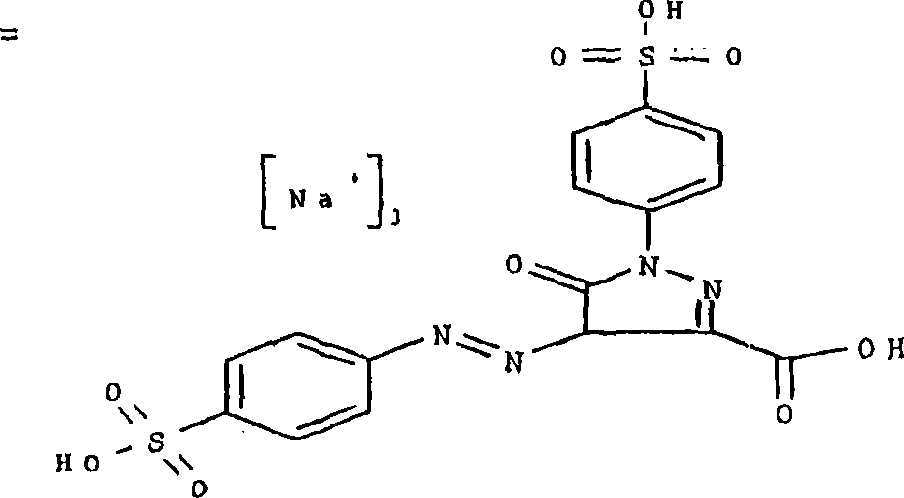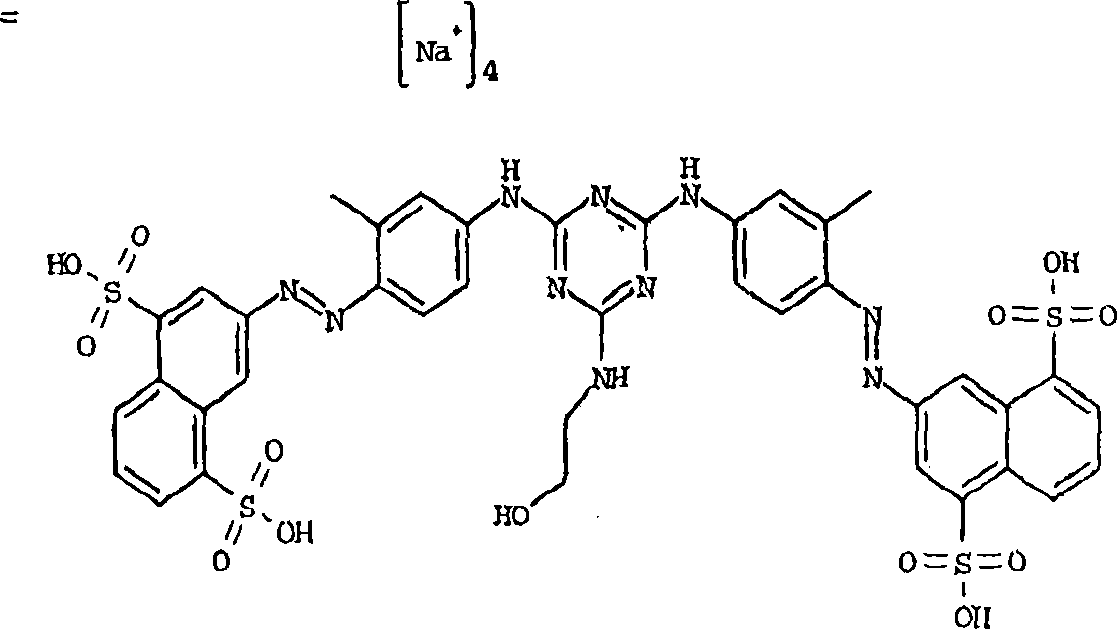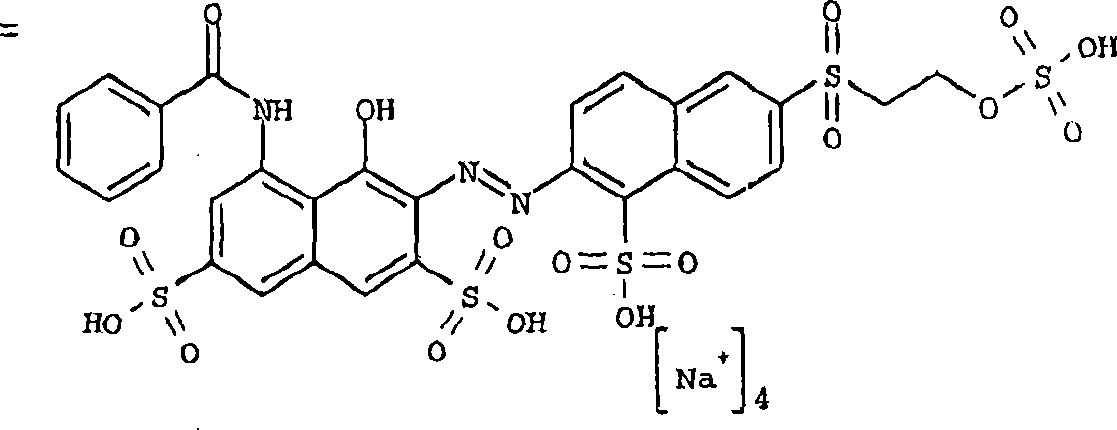Process for contact printing of pattern of electroless deposition catalyst
A technology of electroless deposition and contact printing, applied in the directions of printed circuit, printed circuit manufacturing, conductive pattern formation, etc., can solve problems such as undisclosed catalyst layers
- Summary
- Abstract
- Description
- Claims
- Application Information
AI Technical Summary
Problems solved by technology
Method used
Image
Examples
no. 1 approach
[0087] According to a first embodiment of the method of the invention, the pattern of electroless deposition catalyst consists of continuous areas of electroless deposition catalyst.
no. 2 approach
[0088] According to a second embodiment of the method of the invention, the contact printing method comprises the steps of applying an electroless deposition catalyst pattern to an intermediate plate or roll through a hydrophilic phase, and transferring the electroless deposition catalyst pattern from the intermediate plate or roll to a receiver. on the medium.
no. 3 approach
[0089] According to a third embodiment of the method of the invention, the contact printing method comprises the steps of applying the pattern of electroless deposition catalyst to the printing master through the hydrophilic phase and transferring the pattern of electroless deposition catalyst from the printing master to the receiving medium.
[0090] Preferred printing techniques include, conventional offset printing using an aqueous fountain solution and an oleophilic ink, reverse offset printing using a hydrocarbon or mineral oil as a fountain medium and a hydrophilic ink, using a single fluid ink Fountain solution in emulsion or ink) offset printing, and water-based offset printing using water-based water-free offset printing inks.
[0091] Offset printing has the advantage of printing smooth continuous areas at very high speed and high resolution. Compared to, for example, screen printing, there is very little evaporation of solvent and / or water from the offset printing f...
PUM
| Property | Measurement | Unit |
|---|---|---|
| viscosity | aaaaa | aaaaa |
| viscosity | aaaaa | aaaaa |
| viscosity | aaaaa | aaaaa |
Abstract
Description
Claims
Application Information
 Login to View More
Login to View More - R&D
- Intellectual Property
- Life Sciences
- Materials
- Tech Scout
- Unparalleled Data Quality
- Higher Quality Content
- 60% Fewer Hallucinations
Browse by: Latest US Patents, China's latest patents, Technical Efficacy Thesaurus, Application Domain, Technology Topic, Popular Technical Reports.
© 2025 PatSnap. All rights reserved.Legal|Privacy policy|Modern Slavery Act Transparency Statement|Sitemap|About US| Contact US: help@patsnap.com



